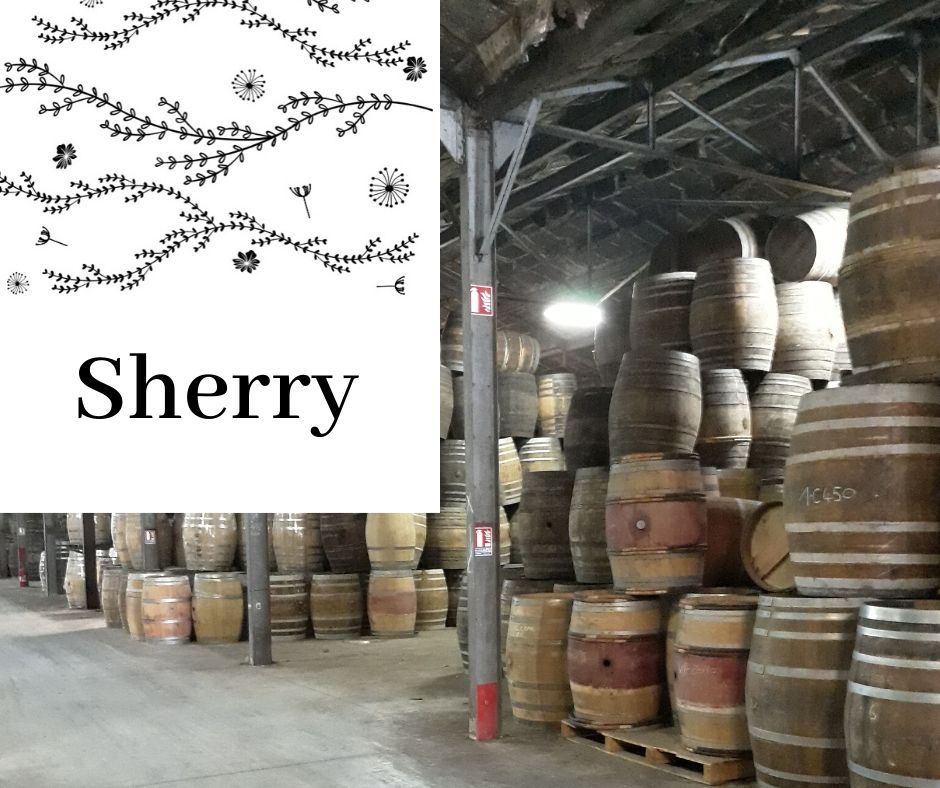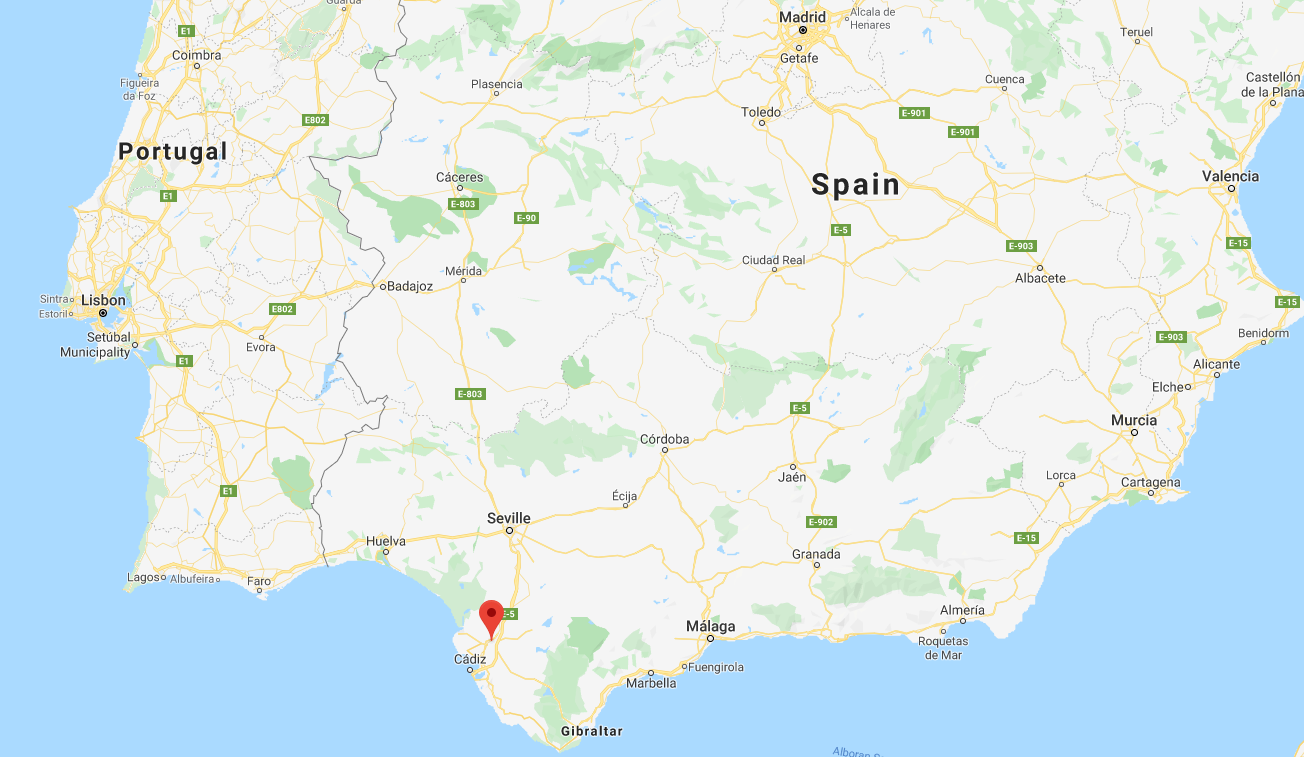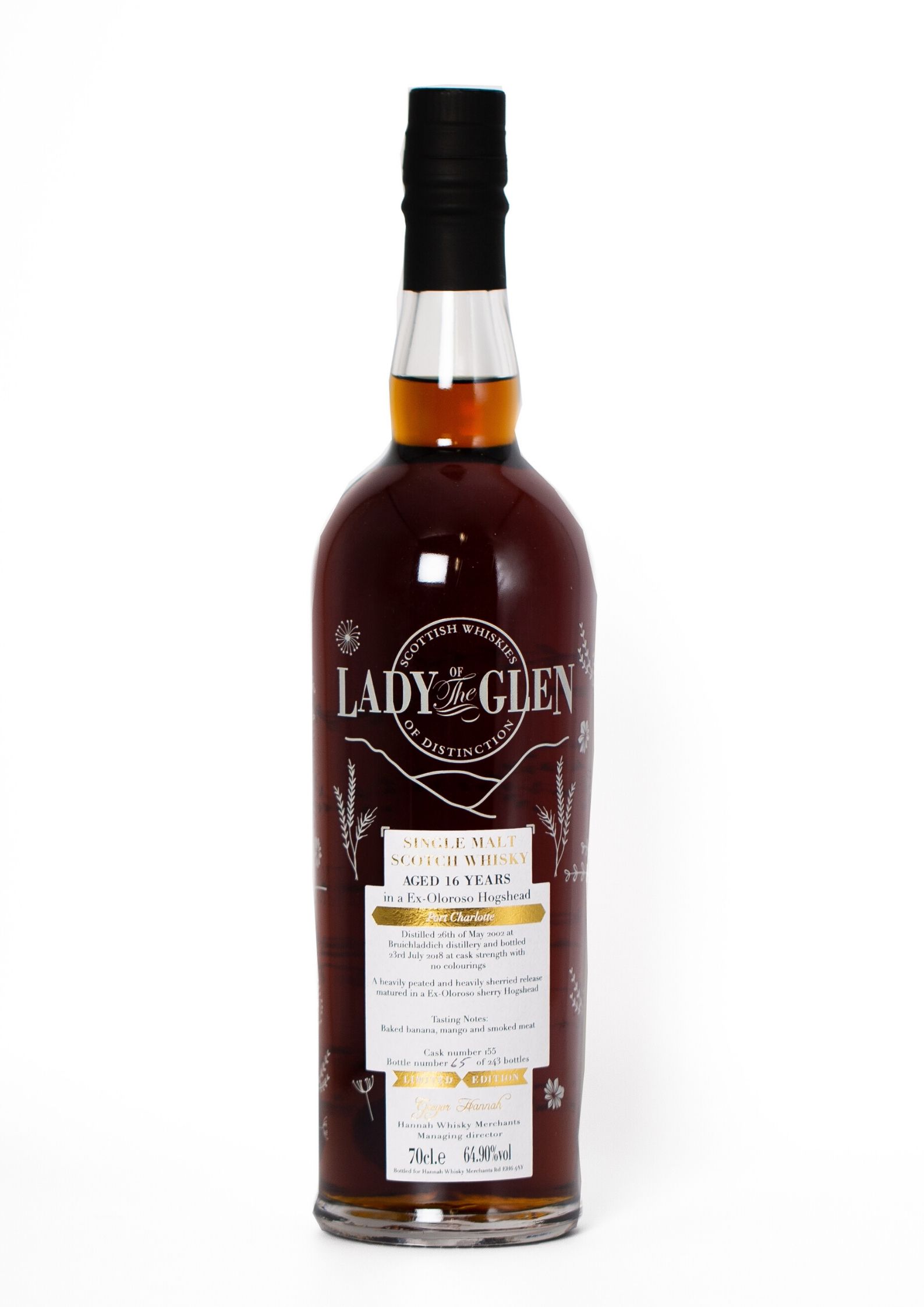Sherry

Ex Sherry casks are among the most sought after assets in the Whisky industry. They provide a wealth of flavours that include dried fruits, cloves and cinnamon in addition to variations of richness depending on the quality of the cask.
There are different styles of Sherry and understanding them helps to anticipate a Whisky’s profile. With the help of the bodega we primarily use at Lady of the Glen, we can reveal the key characters of the main styles of Sherry and what you can expect from a Scotch matured in that style of cask.
Production

Jerez de la Frontera and the surrounding area is the centre of the Sherry industry. The southern Spanish town enjoys a hot and sunny Mediterranean climate and the surrounding vineyards benefit from a coaling westerly wine called the Poniente. The soil in the area possesses a high chalk content which ensures good drainage but the soil also enjoys excellent water holding capacity so the vines can be sustained in the long, hot summers.
Jerez has 3 grape varieties, Palomino, Pedro Ximenez and Muscat of Alexandria.
Palomino is the most common and is used to produce wine ideal for sherry as it has little acidity and lacks aroma character.
Pedro Ximenez, similar to Palomino with little character but the lack of thick skin makes it more suitable for sun drying and as a sweet fortified wine aka Sherry. Very little is planted in Jerez.
Muscat of Alexandria, is used in a similar way as PX for sweet wines.
Flor
In the autumn the wine maker will decide if the wine is suited for biological ageing or oxidative aging. Lighter wines are more suited to biological aging while darker and richer wines will be sent for oxidative aging. The difference in the types of aging is down to the desire to have flor. Flor is a yeast that appears on top of the wine. The flor converts the sugar into alcohol but also the depth of the flor will determine the amount of oxygen that reaches the wine, the greater the barrier between the wine and oxygen the less acidity but less the oxidation. In biological aging the winemaker will fortify the wine (add 96?V alcohol) to increases the total alcohol content to between 15% and 15.5% in order to develop the flor. Flor should add a fresh taste and flavours associated with bread.
The wine maker that uses oxidative aging will fortify the wine to 17% so the flor will not happen at all as there is no requirement for further flavour development. Whisky drinkers, will typically be more familiar with Oxidative aging Wines, as these are the Olorosso and Pedro Ximenez while Amontillado is a combination of both types of aging. Sherry matured this way can be matured for as long 30 years where as biological aging can only go so far as seven years as the flor fails under oxidative pressure. As the wine rises in maturity the ABV will increase as the water level evaporates.
The Solera system
Sherry is matured in 600 litre oak barrels called butts. The butts may have previously been used for unfortified wine and when they are filled with sherry they are only five-sixths full, this is to allow the wine to have contact with oxygen while also allowing space for the flor to develop where it is desired.
In the solera system butts of different vintages and styles are held at varying levels and they are blended with each other to achieve a blend of young and old wine. At the end level, named the Solera, wine is taken to be bottled but the stock is never emptied instead it is replenished so the system is always active and maturing.
In light of the constant blending and replenishing of wine, an average age of stock is provided and the main advantage of the Solera system is the consistency in the product.
The end product
The solera system allows for the creation of consistent sherry at the same quality. When the casks are of no use to the Sherry industry anymore they are acquired by the Whisky industry for maturation. The cask will then breathe some of the flavours and characteristics into the maturing scotch from its previous sherry contents.
The characteristics of the different Sherries can now be explored so expect some of these traits in Whiskies matured in casks that previously contained these styles.
Dry Styles
Olorosso
The product of the complete fermentation of the palomino grape. Olorosos are “vocational” wines whose special structures, apparent from the very beginning, indicate to the tasters that their destiny is that of oxidative ageing. An initial fortification to 17% by volume prevents the development of the film of flor, and thus the wine slowly ages in constant contact with oxygen as it descends through the traditional criaderas and solera system. The gradual loss of water through the wooden walls of the cask facilitates a process of concentration which enables the wine to gain in structure, smoothness and complexity. Ranging from rich amber to deep mahogany in colour, the darker the wine the longer it has been aged. Warm, rounded aromas which are both complex and powerful. Predominantly nutty bouquet (walnuts), with toasted, vegetable and balsamic notes reminiscent of noble wood, golden tobacco and autumn leaves. There are noticeable spicy, animal tones suggestive of truffles and leather. Full flavoured and structured in the mouth. Powerful, well-rounded and full bodied.

Lady of the Glen Port Charlotte, matured in Olorosso Sherry
Amontillado
Amontillado is a unique wine produced from the complete fermentation of palomino grape and is a fusion of the two different types of ageing processes. Amontillado is an extraordinarily complex and interesting sherry.
The first stage of its ageing process takes place under a film of flor and these early years spent in the criaderas lend the wine a sharp pungent note which enhances its dryness on the palate. At a given moment in time the flor begins to disappear, giving way to a second stage of oxidative ageing which gradually darkens the wine and enhances its concentration and complexity. This wine which ranges from pale topaz to amber in colour. Its subtle, delicate bouquet has an ethereal base smoothed by aromas of hazelnut and plants; reminiscent of aromatic herbs and dark tobacco. Light and smooth in the mouth with well-balanced acidity; both complex and evocative, giving way to a dry finish and lingering aftertaste with a hint of nuts and wood.
Fino
Fino sherry. Derived from the total fermentation of palomino grape. The base wine is fortified to 15% of alcohol by volume with the aim of favouring the development of the film of Flor, the natural protection made up of yeasts which will prevent the wine oxidizing during the ageing process whilst at the same time providing certain very special organoleptic characteristics. The biological ageing process has a duration of at least two years and is carried out inside casks of American oak-wood by means of the traditional criaderas and solera system.
The taste notes Range from bright straw yellow to pale gold in colour. A sharp, delicate bouquet slightly reminiscent of almonds with a hint of fresh dough and wild herbs. Light, dry and delicate on the palate leaving a pleasant, fresh aftertaste of almonds.
Paolo Cortado
Paolo Cortado is an extremely rare style which possess the aroma character of Amontillado; hazelnut and plants, reminiscent of aromatic herbs and dark tobacco but with the richness of Olorosso.
Naturally Sweet
Pedro Ximenez (PX)
Pedro Ximénez wine is obtained from grapes of the same name which then undergo a traditional process known as “sunning”, whereby the fruit turns to raisins. Musts are obtained after pressing which have an extraordinarily high concentration of sugars and a certain degree of colouring, whose fermentation is stopped by adding wine alcohol. Ageing is exclusively oxidative in nature, facilitating a progressive aromatic concentration and increasing complexity, though always ensuring not to lose the fresh, fruity characteristics of the grape variety. A dark, ebony coloured wine with pronounced tearing and a thickness to the eye. In the nose its bouquet is extremely rich with predominantly sweet notes of dried fruits such as raisins, figs and dates, accompanied by the aromas of honey, grape syrup, jam and candied fruit, at the same time reminiscent of toasted coffee, dark chocolate, cocoa and liquorice. Velvety and syrupy in the mouth and yet with enough acidity to mitigate the extreme sweetness and warmth of the alcohol leading to a lingering, tasty finish.
Muscat
Is another variety of naturally sweet which is similar to PX except they have a dried citrus peel character.